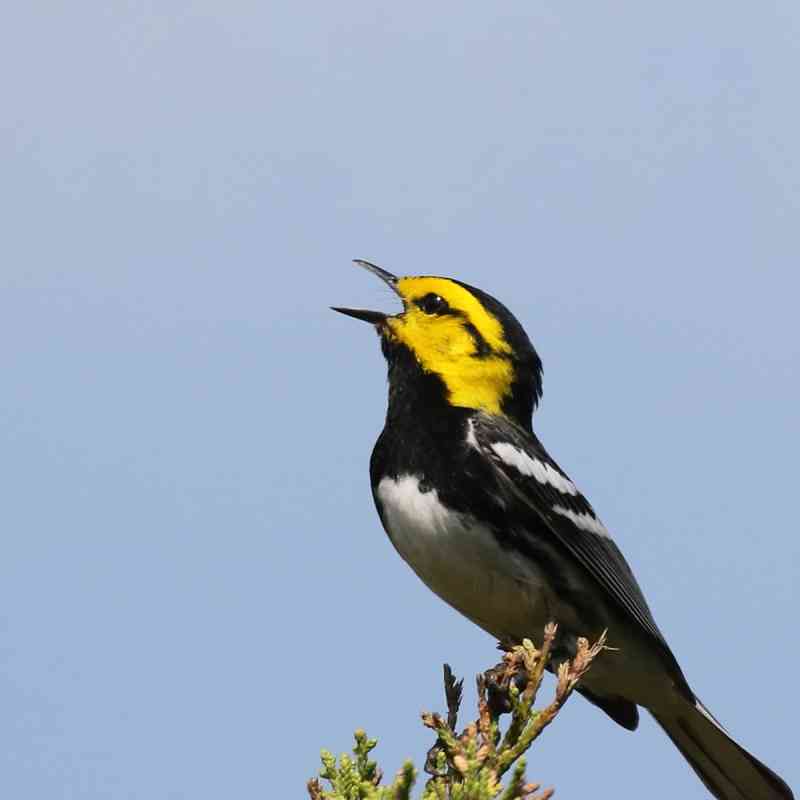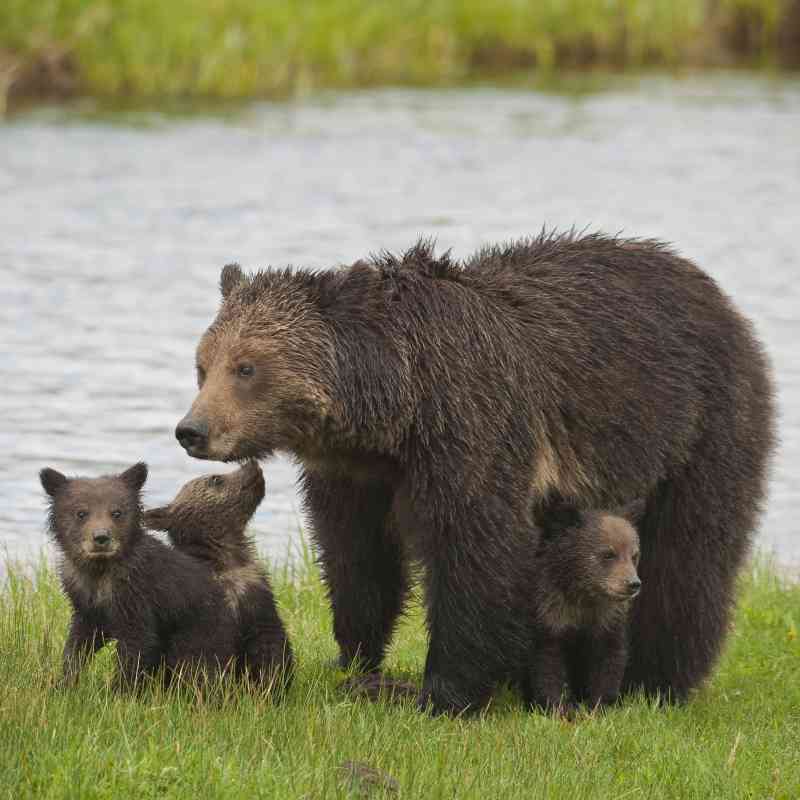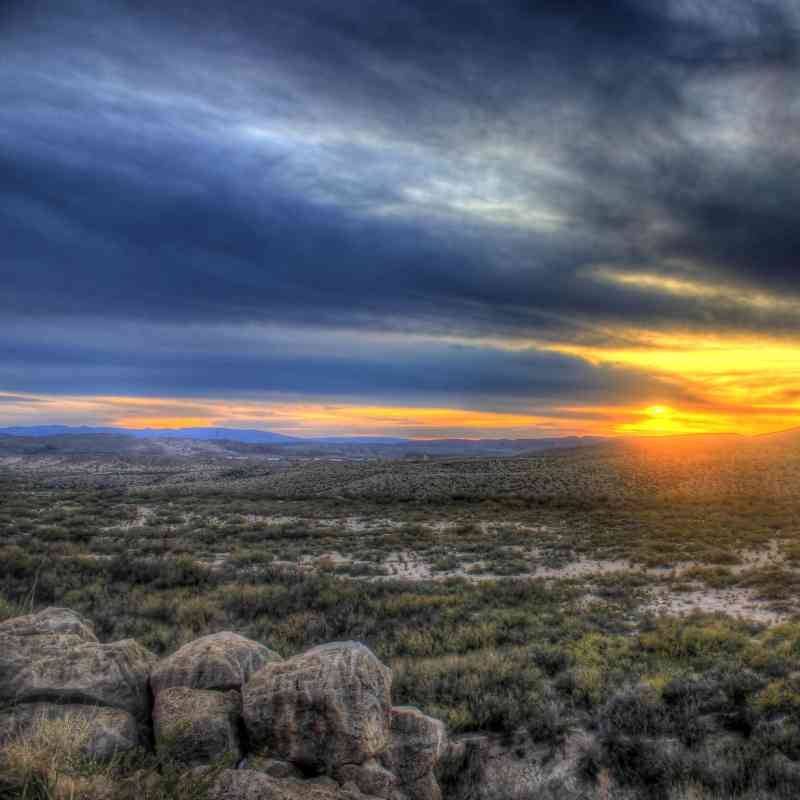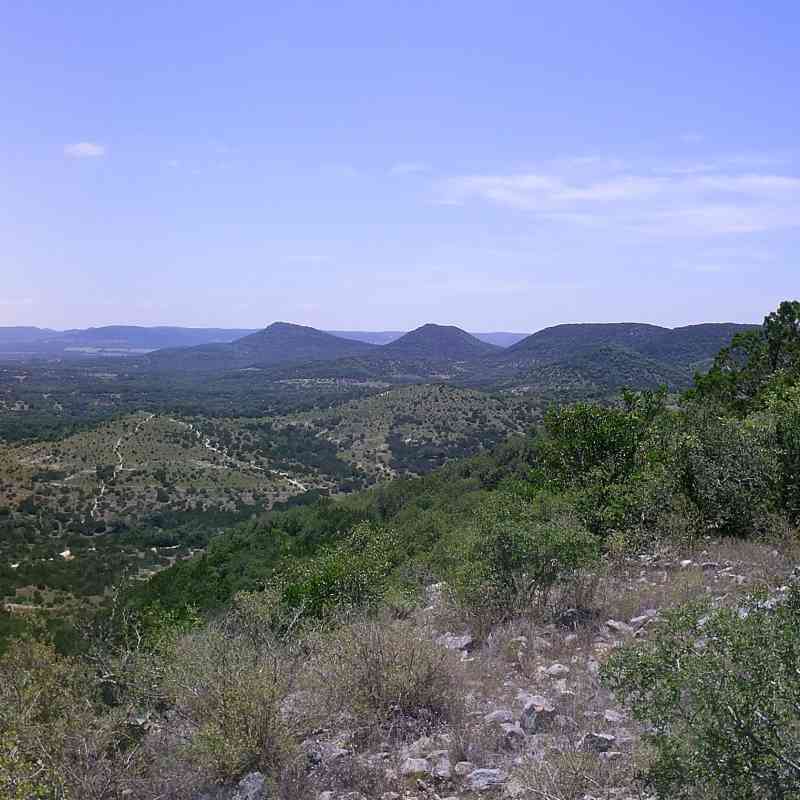Named for the bright yellow markings on the bird’s head, the golden-cheeked warbler is a Neotropical migratory songbird. It breeds and raises its young in the Ashe juniper and oak woodlands of central Texas before flying to the mountain pine and oak forests of southern Mexico, Guatemala, Nicaragua and Honduras. The warbler was listed as endangered under the Endangered Species Act in 1990, due to the dramatic reduction in its habitat.
The golden-cheeked warbler is threatened by habitat loss and fragmentation in its Central Texas breeding grounds and its wintering sites in the pine-oak forests of Mexico and Central America. As the metropolitan area from Austin to San Antonio expands west into the Texas Hill Country, this urban growth is drastically reducing the prime Ashe juniper – oak woodlands the warbler needs for breeding and foraging. The habitat fragmentation also allows predators to reach the warblers and their nests more easily.
|
Endangered Species Act
|
IUCN Red List
|
|
Endangered
|
Endangered
|
Protect migrating birds by keeping your cats indoors, making windows safe and participating in local Lights Out actions. Help protect habitat by maintaining old-growth Ashe junipers on your land and supporting your local parks and conservation organizations in protecting warbler habitat. Help dispel the myth that Ashe juniper is bad for the region by sharing information about its benefits and sharing your understanding of golden-cheeked warblers and their habitat with your friends and family. Participate in community science efforts to document warbler sightings in eBird. Drink bird-friendly, shade-gown coffee to help protect wintering habitat.
The golden-cheeked warbler breeds exclusively in Texas, in old-growth and mature regrowth juniper-oak woodlands in the Texas Hill Country, and winters in the mountain pine and oak forests of southern Mexico, Guatemala, Honduras and Nicaragua.
According to the U.S. Fish and Wildlife Service, the golden-cheeked warbler population dropped by 25% since it was listed as endangered in 1990, to about 27,000 birds in 2019.
Hops between branches and occasionally on ground while foraging.
Males usually reach the breeding grounds in central Texas before the females and begin establishing territories. Females begin building nests mid-late March, 2-5 days after arrival on central Texas. The first clutch is initiated late March to early April and a second brood may be initiated in May. Nests usually are built in Ashe junipers or various hardwoods in closed-canopy woodland, both in canyons and on upland plateau areas. The female usually lays 3-4 eggs, and the incubation period is from 10-12 days.
Insects, spiders, and other arthropods during breeding season.
Locations
Read More About the Golden-Cheeked Warbler
Wildlife and Wild Places









